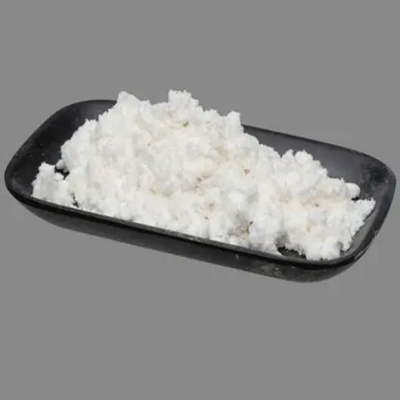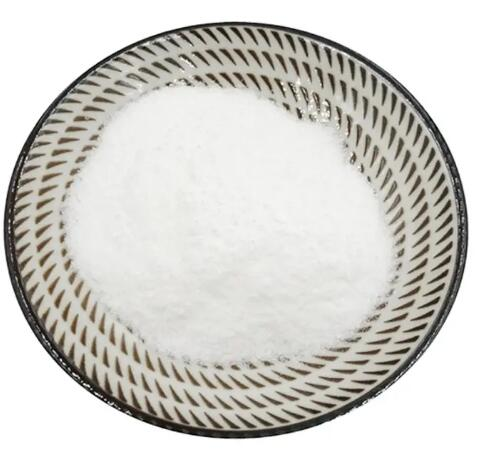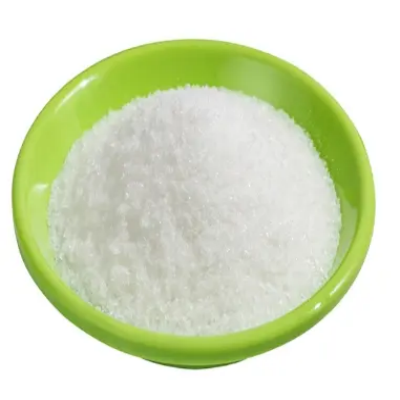DL-Homocystine CAS:870-93-9
DL-Homocystine has applications in research, clinical diagnostics, and potential therapeutic developments. In biochemical research, it serves as a valuable tool for studying the metabolism of sulfur-containing amino acids and their implications in human health. Researchers utilize DL-homocystine to investigate its role in cellular pathways, oxidative stress, and the development of various diseases, particularly those related to elevated homocysteine levels. In clinical diagnostics, measuring homocystine levels can provide insights into metabolic disorders, cardiovascular risks, and deficiencies in vitamins B6, B12, or folate. Elevated homocystine concentrations are often used as markers for hyperhomocysteinemia, which is linked to increased risk of thrombotic events and vascular problems. Moreover, DL-homocystine may have future applications in developing therapies aimed at reducing homocysteine levels or mitigating its effects on health. Understanding its biochemical properties could lead to novel interventions for managing conditions associated with high homocystine levels, thus contributing to better health outcomes. Overall, DL-homocystine is integral in both scientific research and potential clinical applications, advancing our understanding of amino acid metabolism and its role in disease.



| Composition | C8H16N2O4S2 |
| Assay | 99% |
| Appearance | white powder |
| CAS No. | 870-93-9 |
| Packing | Small and bulk |
| Shelf Life | 2 years |
| Storage | Store in cool and dry area |
| Certification | ISO. |








![tert-butyl N-{octahydrocyclopenta[c]pyrrol-5-yl}carbamate hydrochloride CAS:2757731-47-6 1780552-69-3](https://cdn.globalso.com/xindaobiotech/@WLGCAQ73G3FL4RKBY19.png)
